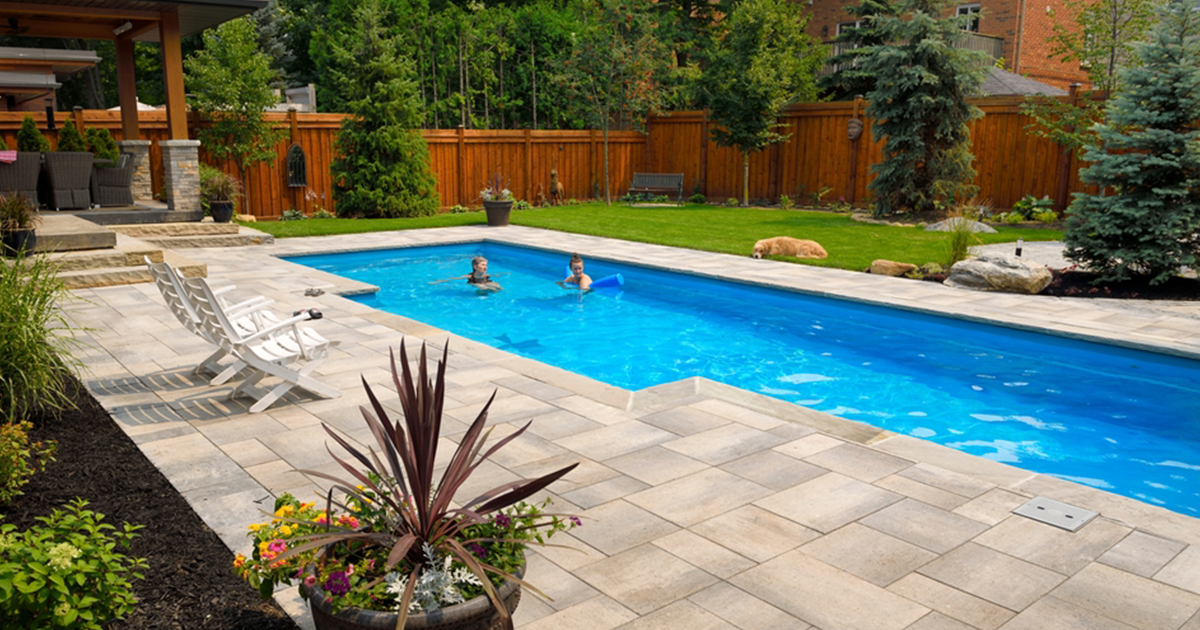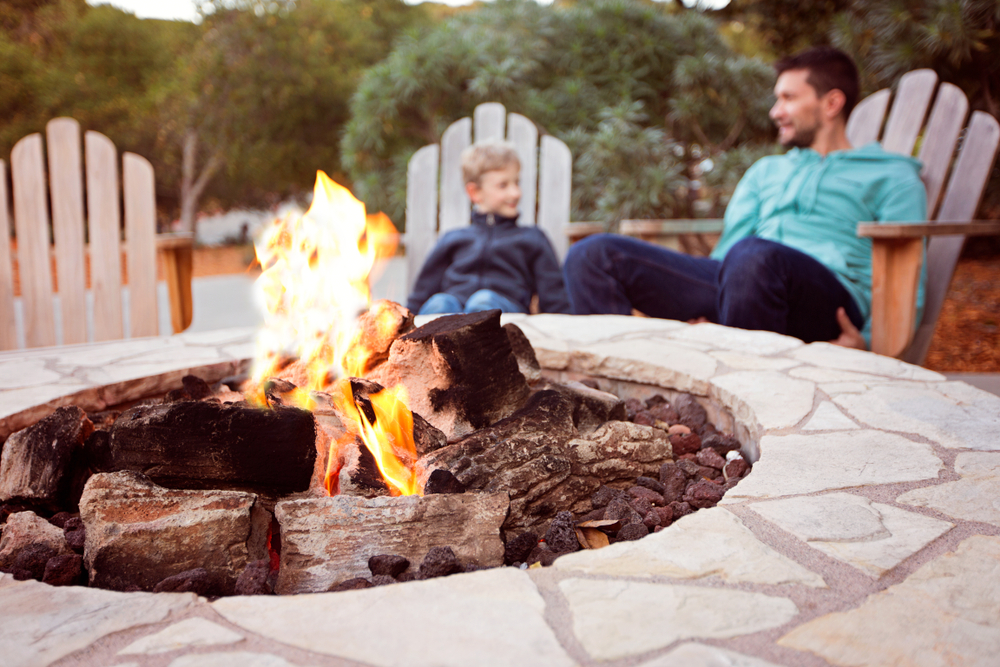
Transforming a backyard into an oasis can be both a fun project and a worthwhile investment. Here’s a list of the most common outdoor upgrades and some insurance considerations when planning your project.
Outdoor living spaces have been growing in popularity for several years, but the restrictions imposed by the coronavirus are spurring even greater demand. Of Canadian homeowners who completed renovations during COVID-19, 66% took on outdoor projects.¹
When considering taking on improvement projects to your outdoor living space there are a few things to consider—including your home insurance. Will your premiums rise with those outdoor home improvements? Here’s what you need to know.
Outdoor kitchens
A backyard kitchen or pizza oven is a great way to increase your home’s value and adds an entertainment space while keeping you connected with your guests. When installing a backyard kitchen speak to your home insurer to ensure you have enough coverage to account for the increased value the kitchen adds to your home and to make sure the types of cooking features you’re looking to install can be covered.
Outdoor fireplaces and fire pits
A fire pit has all the benefits of sitting around the campfire, but with the added benefit of all the comforts of home nearby. Fire pits extend your outdoor season by giving you a reason to get outside on cool summer nights and chilly fall evenings. Before buying or building your fire pit, do your research. You’ll need to review local fire codes and by-laws to see if they are permitted where you live.
Your local government, usually a city, town or municipality, probably has rules around what type of fire is allowed, if any. A good place to start is by searching their websites to find out if you can legally have a backyard fire. If you can’t find what you’re looking for online, call or email for more information. If fireplaces and firepits are allowed, there may be requirements to satisfy or permits that you need to obtain first. There may also be specifications for spacing (like the distance between a firepit and other structures or trees) or materials you are permitted to use as well.

If outdoor fireplaces and fire pits are not allowed, you may consider researching whether alternatives, like ULC and CSA approved propane-fueled fire tables, are permitted. When installed and operated according to manufacturer’s instructions, these types of appliances can also add warmth and ambiance to your space.
Children’s outdoor activity centres, playsets, or trampolines
Anything that involves children’s outdoor activities comes with an extra layer of safety requirements to consider. Outdoor activity centres and playsets should be professionally installed and secured. You’ll want to review your insurance policy to make sure you have enough liability coverage to cover the risk an outdoor swing set or similar equipment can pose.
As for trampolines, most insurance companies do not cover trampolines because they present significant liability risks. On the other hand, some companies may insure your trampoline if you have the right safety equipment and other safety precautions in place. In short, trampolines probably won’t be covered by your standard homeowner’s policy, and you should contact your insurance company in advance to make sure the right protection can be added.
Outdoor ponds and fountains
A fountain or water feature can add a beautiful focal point to your backyard and provide a relaxing sanctuary. Water features are prone to freezing in the winter and electric wiring must be properly routed away from sources of moisture. Your insurance policy may not cover your water feature because of certain risks they pose, so speak with your insurer to learn what you are covered for.
Pools and hot tubs
Having a pool or a hot tub in your backyard is like having a cottage at your doorstep. But with less traffic. You’ll likely need extra insurance coverage since you are increasing the value of your home and taking on more risk by having a pool or hot tub in your backyard. Always speak to your insurer before installing a pool or hot tub. They can give you an idea of the risks and the additional coverages and premiums that come with them.
Will backyard upgrades affect your home insurance policy?
There are three factors.
-
- When the value of your home increases as a result of upgrades, your insurance company needs to know. What you were insured for when you purchased that fixer-upper can change significantly once all the work is done. This becomes especially important in the unfortunate event that a claim has to be made. If your insurer does not have an accurate record of your home’s change in value, it can present challenges during the claims process that could otherwise be avoided.
- If an upgrade increases the risk of harm, damage or injury to yourself, your family or guests on your property, you should inform your insurer. Even if an accident is caused by trespassers, your insurance may cover you. Depending on the upgrades that you make, you’ll want coverage that meets your needs.
- Any home improvements that increase the value of your home—one of your largest investments—comes with a possibility that your premiums will go up. Premiums are based on home value so it’s important to protect your household and your investment.
Contact a licensed advisor at The Personal at 1.877.277.7230 before getting started on home improvements to discuss the impact, if any, on your homeowner’s policy.
These tips are provided for information and prevention purposes only. They are general in nature, and The Personal cannot be held liable for them. We recommend using caution and consulting an expert for comprehensive, tailored advice.
¹ https://homestars.com/reno-report-2021/
The CDSPI Home & Auto Insurance Program is underwritten by The Personal Insurance Company (“The Personal”).